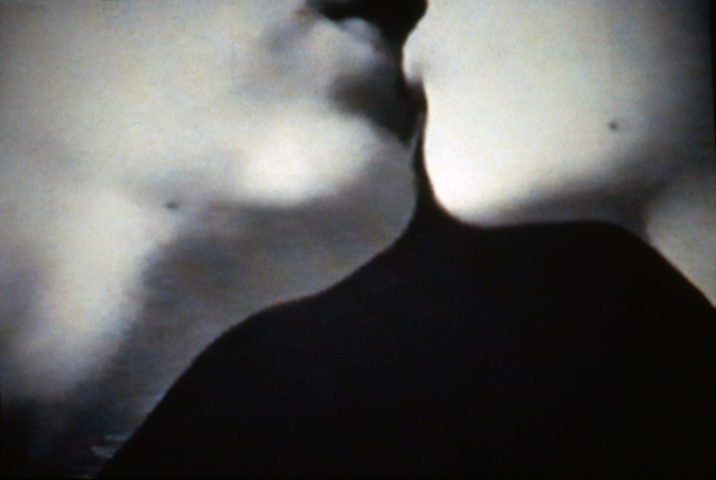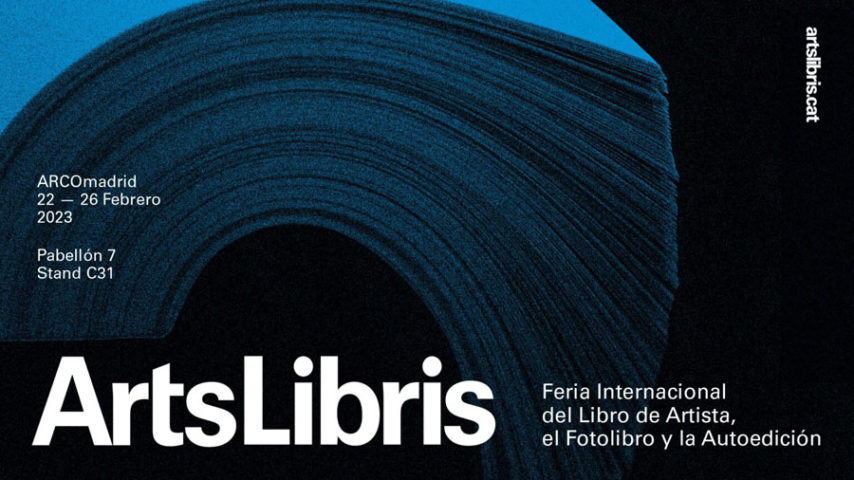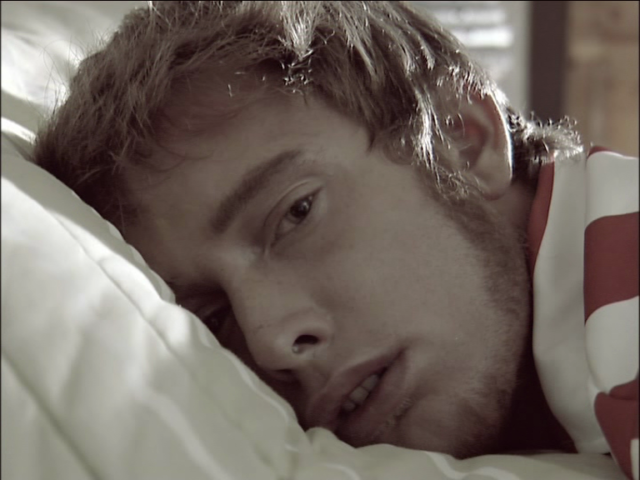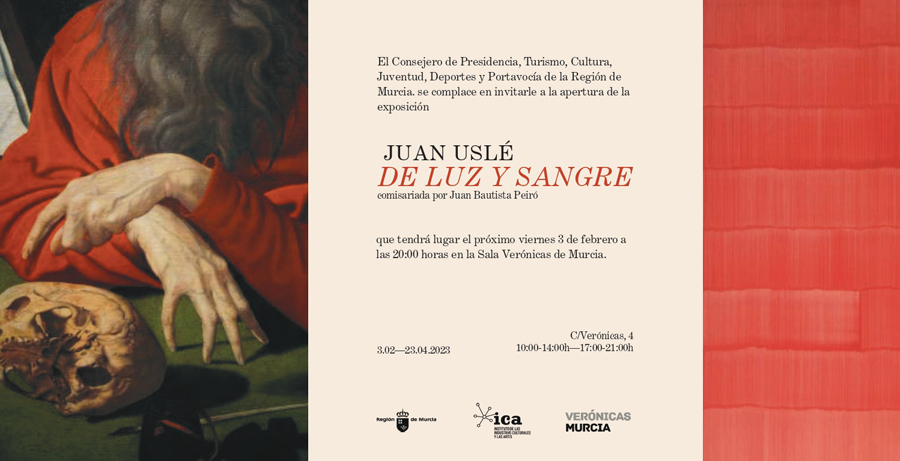San Telmo Museoa, Donostia-San Sebastián
04/03 – 04/06/2023
Los nuevos 90, un ensayo expositivo de Nekane Aramburu, es una aproximación a los diversos colectivos artísticos que trabajaron en los años 90 (y unos años antes y después) y busca contribuir a la preservación y transmisión de aquel ecosistema cultural, recogiendo el espíritu de iniciativas y espacios.
La exposición Los nuevos 90 se podrá visitar en la sala de exposiciones temporales del museo, del 4 de marzo al 4 de junio de 2023.
Obras artísticas, video arte y vídeo documental, audios de diferentes entrevistas, documentos gráficos, ediciones alternativas, libros y revistas, fotografías de autor, fotografías-copias de exhibición, proyecciones y mobiliario componen el universo de este proyecto. En él se integran en torno a 140 creadores y colectivos. Se trata de una época crucial con el paso de lo analógico a lo digital, y la exposición recupera producciones que salen a la luz por primera vez, todas ellas desde la perspectiva de su sentido dentro de un engranaje coral donde lo participativo trasciende las individualidades.
La muestra, cuyo recorrido es cronológico, integra este devenir y apunta a los acontecimientos sociales paralelos. Comienza abordando la relevancia de la utilización de las entonces llamadas “Nuevas tecnologías”, que fundamentalmente se desarrollaron a partir de la investigación de las posibilidades del video-arte.
Se trata de la primera gran muestra sobre los años 90 en Europa que perfila algunas de las cuestiones esenciales a partir del contexto vasco, y abre nuevas historiografías futuras.




